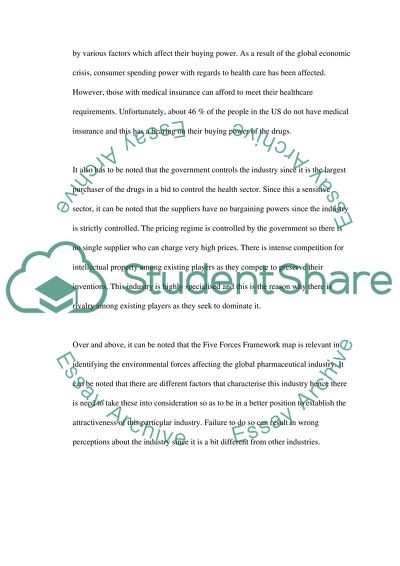Cite this document
(The Five-Forces Framework Map Case Study Example | Topics and Well Written Essays - 2500 words, n.d.)
The Five-Forces Framework Map Case Study Example | Topics and Well Written Essays - 2500 words. Retrieved from https://studentshare.org/marketing/1397675-business-strategy
The Five-Forces Framework Map Case Study Example | Topics and Well Written Essays - 2500 words. Retrieved from https://studentshare.org/marketing/1397675-business-strategy
(The Five-Forces Framework Map Case Study Example | Topics and Well Written Essays - 2500 Words)
The Five-Forces Framework Map Case Study Example | Topics and Well Written Essays - 2500 Words. https://studentshare.org/marketing/1397675-business-strategy.
The Five-Forces Framework Map Case Study Example | Topics and Well Written Essays - 2500 Words. https://studentshare.org/marketing/1397675-business-strategy.
“The Five-Forces Framework Map Case Study Example | Topics and Well Written Essays - 2500 Words”, n.d. https://studentshare.org/marketing/1397675-business-strategy.


